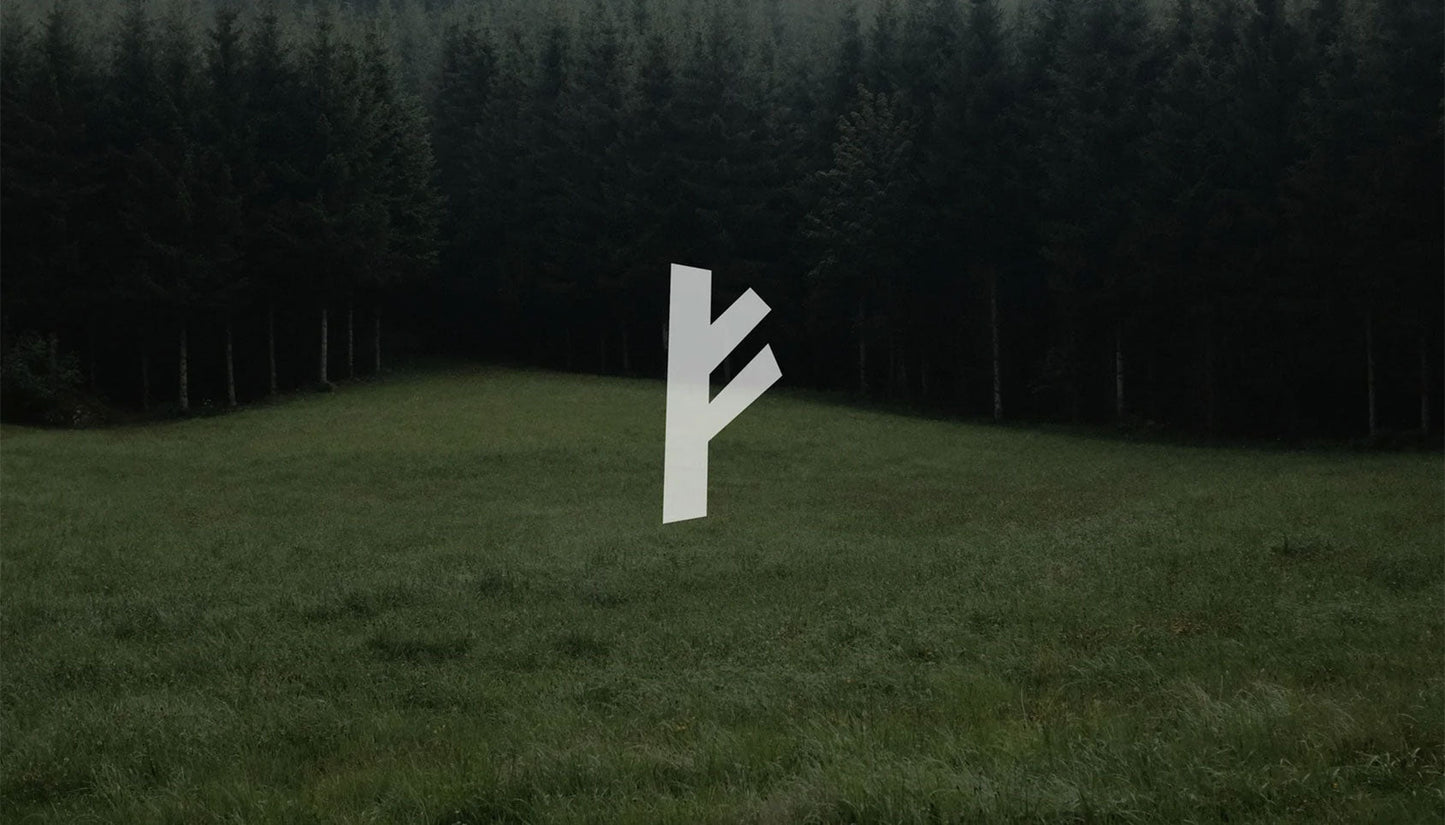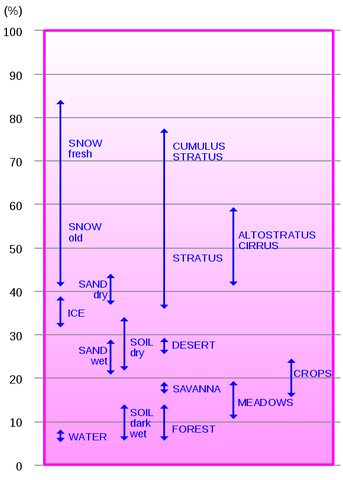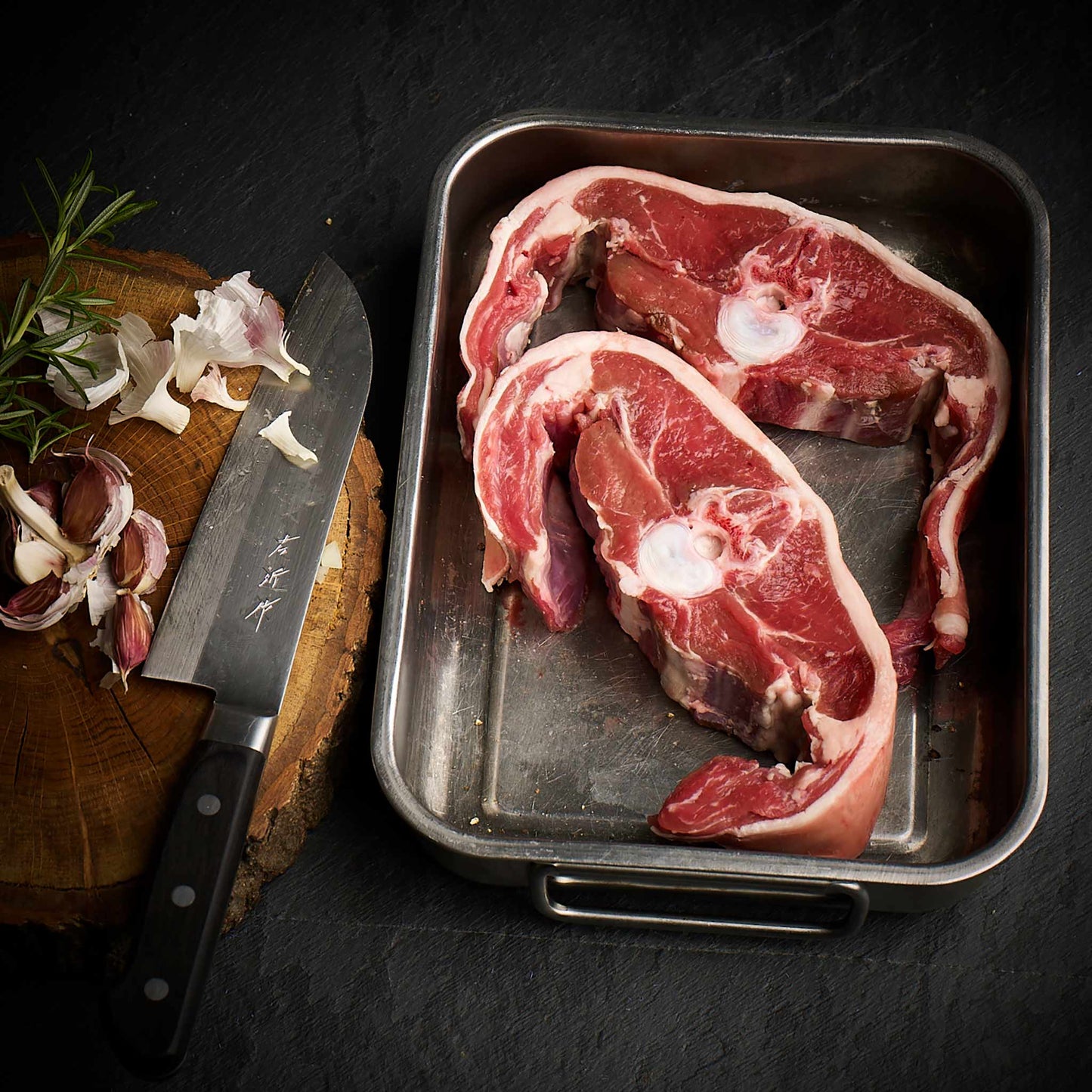We source our chicken from one farm in Leicestershire. The farm is Pasture for Life certified and rears truly free range, outdoor birds.

Nearly every organism on earth depends, in one way or another, on the sun for energy.
The sun sits at the centre of our solar system and is heated to incandescence by nuclear fusion reactions in its core, radiating the energy mainly as visible light, ultraviolet light, and infrared radiation. Although it is 1.3 million times bigger than our planet the fact that is 149.6 million miles away means we are in what is called the 'Goldilocks Zone' that is to say just in the righty place for water to be able to exist in all three forms of solid, liquid and gas simultaneously on our planet.
By the time the energy of the sun reaches us through the atmosphere its energy on the surface of our planet averages 1360 Watts per square meter, this average means that seasons, latitude, diurnal difference and cloud cover all averaged out to get this figure, this amount of power is known as the total solar irradiance. This is equivalent to 19 standard light bulbs of 60W per every square meter of the surface of the earth.
To the farmer, their greatest resource is this energy from the sun, it is free, constant and utterly essential.
Every farmed plant in agriculture that is used either for us to eat directly or as pasture or food for animals to eat, uses photosynthesis to grow and the process of photosynthesis uses sunlight and atmospheric carbon dioxide to create carbohydrates which as then name suggests are made up from long chains of carbon and hydrogen, sunlight helps plants create matter from gasses and water whilst the byproduct of this process is the oxygen we breathe freed from its bonds with hydrogen when combined in molecules of water.
This magical process is the basis of everything we eat and sunlight is the energy that fuels the transformation.

So sunlight indirectly gives us oxygen as well as removing carbon dioxide from the air, locking the carbon into plant material that is stored both above and below ground.
Plants lose water through a process called transpiration which involves the evaporation of water from the leaves of the plant. Transpiration is a part of the water cycle, but it also has benefits for the plant, such as assisting in photosynthesis, as this water evaporates it causes a cooling effect.
Evaporation causes cooling because the process requires heat energy which is provided by the sun, The energy is taken away by the molecules when they convert from liquid into gas, and this causes cooling on the original surface, in this case the plant.
This transpiration and evaporation is one of the reasons that heavily plant covered areas such as pasture and forest are notably cooler than uncovered areas such as bare earth or rock, the other reason for this difference in temperature is albedo.
Albedo is the measure of the diffuse reflection of solar radiation out of the total solar radiation and measured on a scale from 0, corresponding to a black body that absorbs all incident radiation, to 1, corresponding to a body that reflects all incident radiation.
In other words, it is a measure how much heating happens to a surface from a set amount of sunlight. As can be seen from the graph below this measurement also includes the reflection of sunlight from cloud cover, reducing the heating effect on the surface of the earth.

So from the information presented so far we can see that there is a complex interaction of heating and cooling processes that are determined by land use and cover.

The diagram above helps to explain why forested and pasture covered land is cooler than bare earth and retains moisture by both encouraging more rain to be recycled and remaining cooler overall while also removing CO2 and providing us with oxygen.
The worlds hot deserts are areas of bare earth or rock that are heated by the sun, the heat is radiated back creating areas of high pressure meaning no rain clouds form and this creates a positive feedback loop of further heating.
When we create large areas of bare earth through farming we are creating this effect, we are creating deserts, at least for a pert of the year before crops are replanted, this system is not using the sunlight hitting it remove carbon from the air and give us oxygen, no water is being evaporated through transpiration and nothing is living.
Forest and pasture
Permeant pasture is never ploughed meaning that year round the land is using the energy from the sun to convert CO2 from the atmosphere to plant based carbon which is eaten by grazing animals who up cycle this carbon into highly nutritious food for us to eat, much less precious sunlight is wasted simply heating the air.
In conversation with our producers one thing becomes apparent, they understand this. They view sunlight as a precious resource, a resource that should not be wasted by hitting bare earth and missing the opportunity to remove carbon from the atmosphere and sequesterit into the soil.



